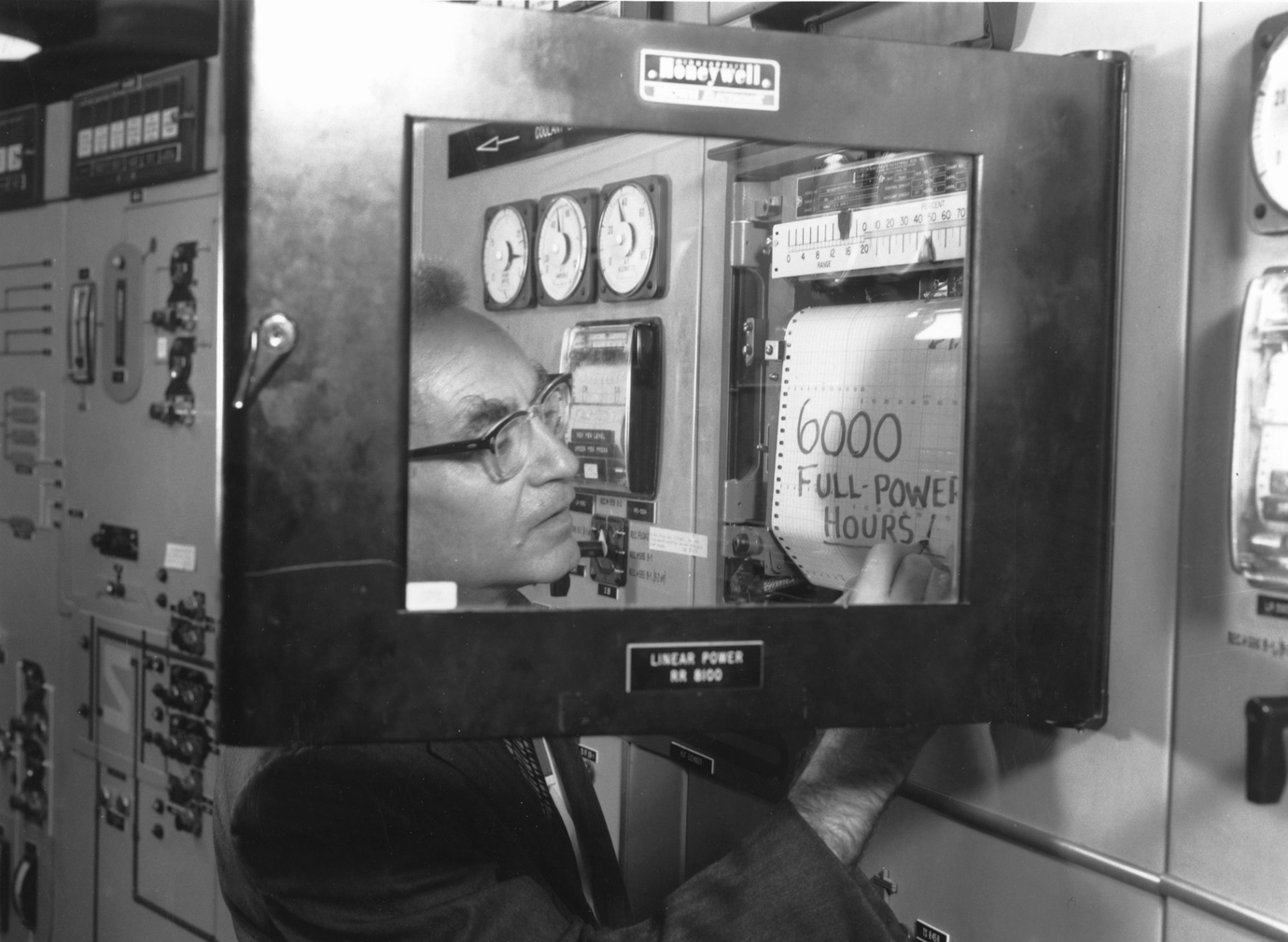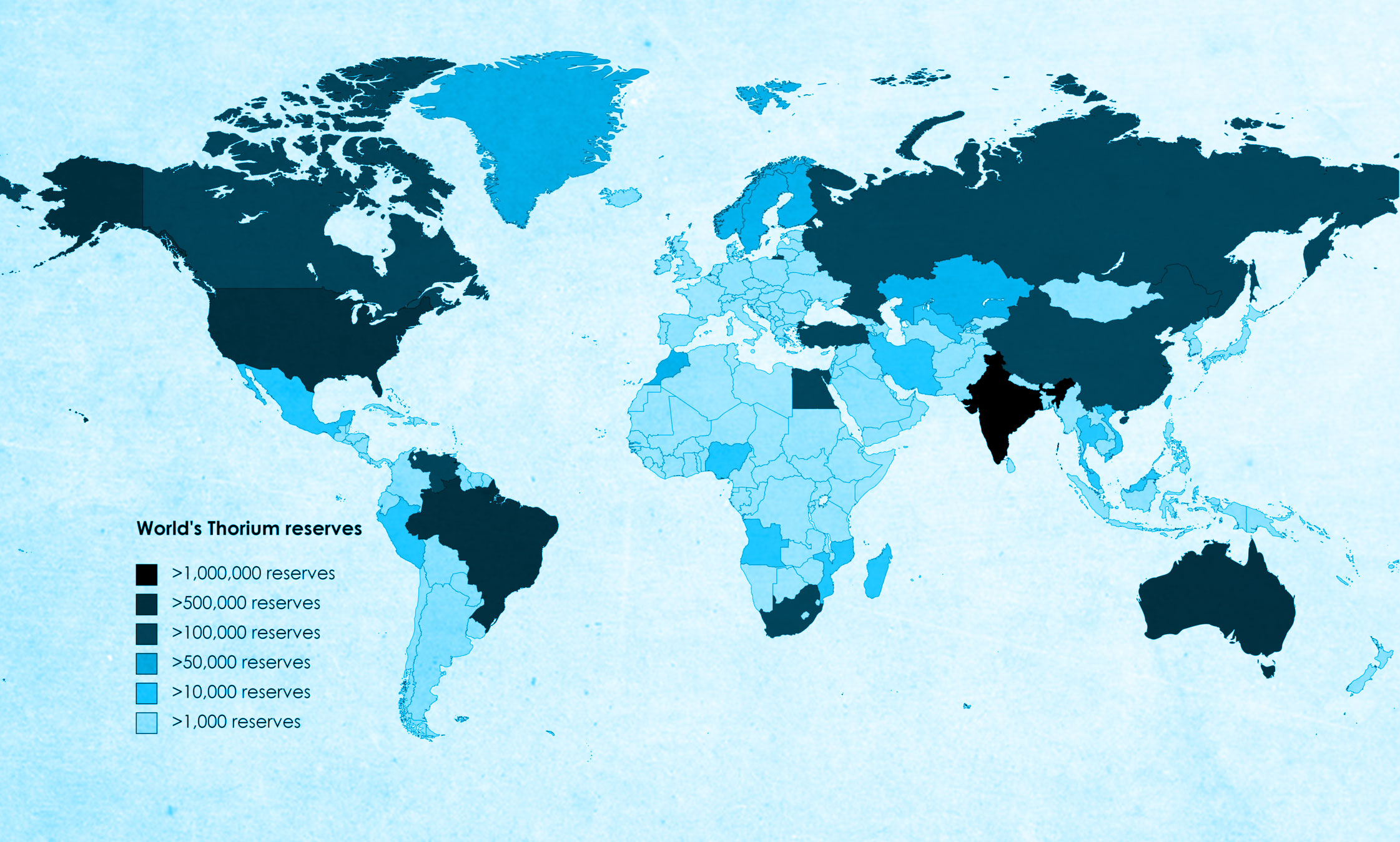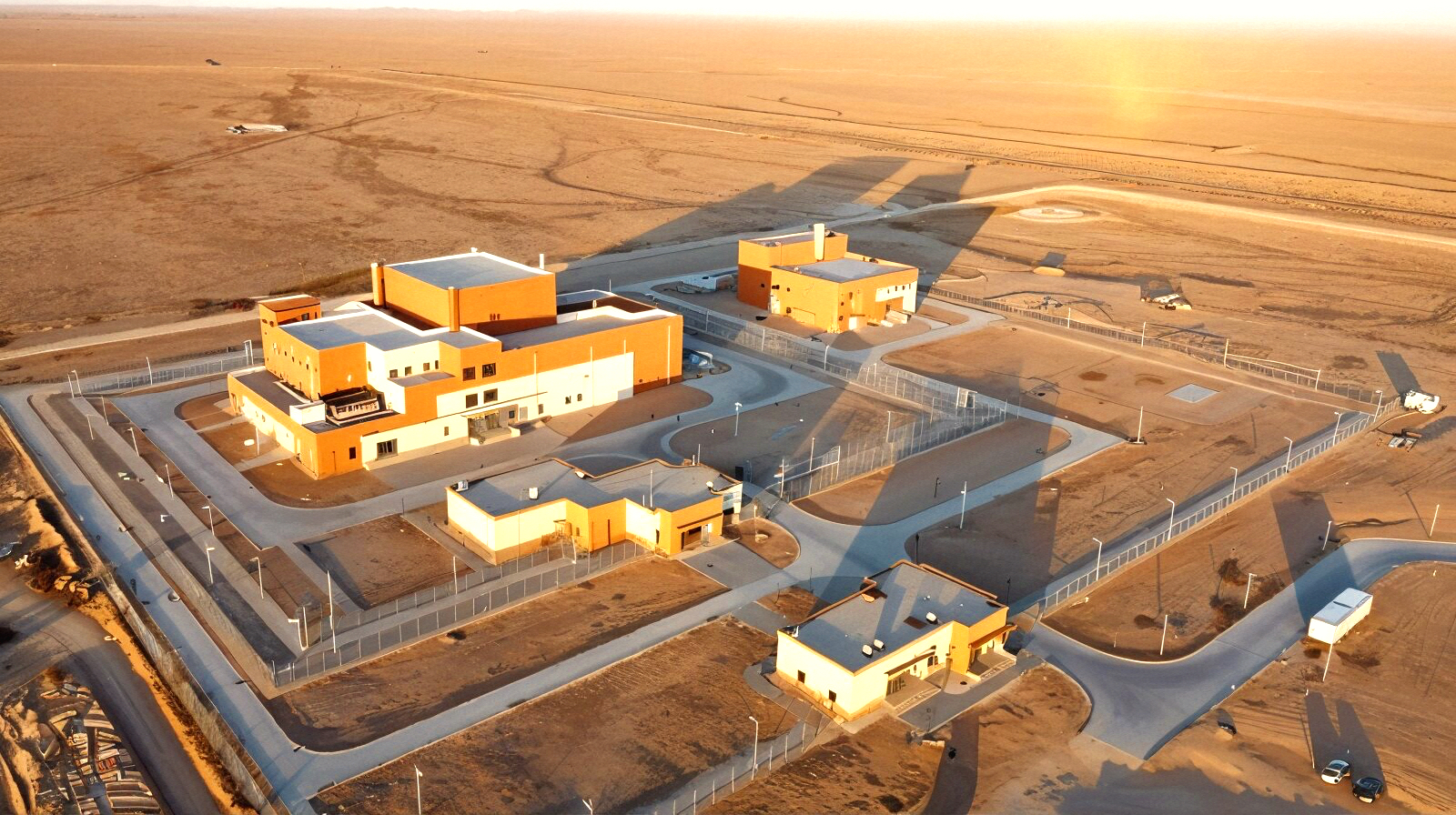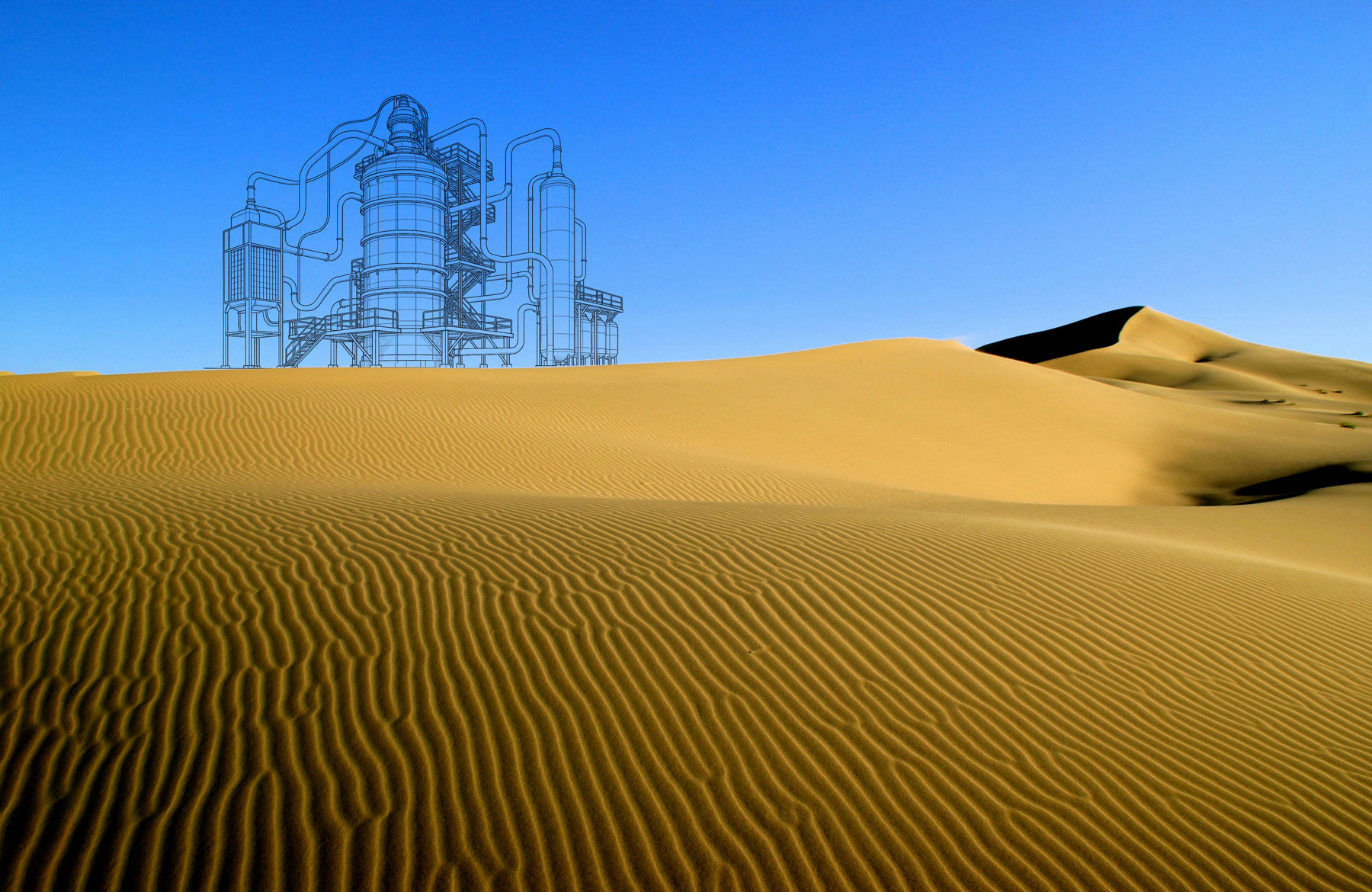Thorium reactors—based on molten-salt technology shelved during the Cold War—are attracting renewed interest as a safer, more efficient alternative to today’s large uranium-fuelled reactors. The idea is simple: dissolve nuclear fuel in a molten fluoride salt rather than locking it inside solid fuel rods. The result could be smaller, cheaper plants with built-in safety and far less long-lived waste.
Thorium itself is abundant and only mildly radioactive in its natural state. When it absorbs neutrons, it becomes uranium-233, a fissile material that avoids producing the long-lived transuranic waste associated with conventional uranium fuel. It also generates little or no plutonium, strengthening the case for proliferation resistance.
The concept traces back to Oak Ridge National Laboratory’s Molten Salt Reactor Experiment (1965–69), which proved that molten salt fuel could operate safely at high temperatures and low pressure. But because molten salt systems could not produce weapons material, they were abandoned in favour of uranium and plutonium reactors during the Cold War.
Modern advocates—such as former NASA engineer Kirk Sorensen—argue that Liquid Fluoride Thorium Reactors (LFTRs) could dramatically improve nuclear performance. Liquid fuel allows nearly complete burnup of fissile material, eliminating costly fuel fabrication and increasing efficiency. Operating at atmospheric pressure avoids the complex, high-strength piping and vessels required for today’s pressurised water reactors.
However, technical hurdles remain. LFTRs require integrated chemical processing inside the reactor vessel to manage fuel and fission products—something never demonstrated on a continuous industrial scale. Maintaining materials at roughly 700°C in corrosive fluoride salts and ensuring reliable long-term operation add further complexity.
Waste and safety characteristics still look promising. LFTR waste is intensely radioactive at first but decays to safe levels within about 300 years—far simpler to manage than the 10,000-year legacy of conventional spent fuel. In a leak, the molten salt would solidify quickly, containing hazardous material in a stable form.
Proliferation concerns persist at the margins, as uranium-233 can be weaponised under specialised conditions. Most experts argue, though, that existing safeguards and the inherent presence of hard-to-shield isotopes make this route impractical compared with traditional weapons materials.
Despite unanswered questions, growing electricity demand and potential pressure on uranium supplies have pushed thorium back into the conversation. Supporters see molten-salt thorium reactors as a long-term option worth researching now—before nuclear skills and industrial capability fade.
Whether LFTRs become a major energy solution will depend on sustained research, materials development and political will. But their mix of safety, efficiency and fuel abundance continues to make them one of nuclear energy’s most intriguing possibilities.







